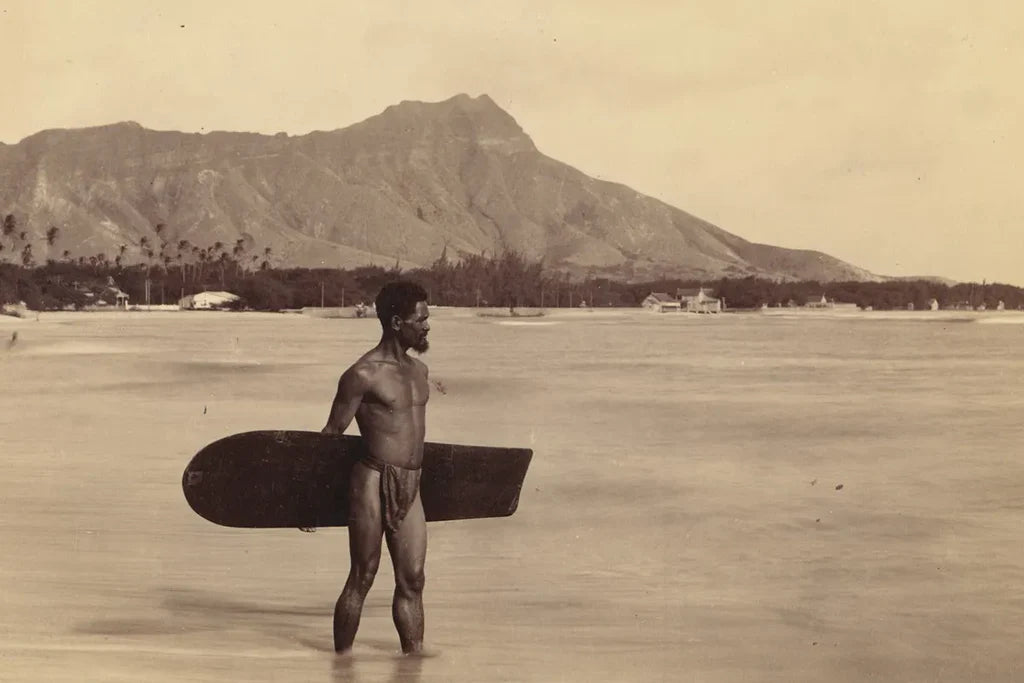In 1723, the first patent was granted for a fire extinguisher. Ambrose Godfrey, a chemist, designed a cask full of fire extinguishing liquid connected to a chamber of gunpowder and fuses. When the fuse was ignited by a fire, the gunpowder exploded and scattered the extinguishing liquid. These antique fire extinguishers were ubiquitous until the mid-1800s and still are common in many old homes today.

In 1818, the modern fire extinguisher was invented by British Captain George William Manby. The copper vessel held 3 gallons of potassium carbonate and compressed air. 70 years later, Almon Granger improved upon this design by creating an extinguisher that used a reaction between sodium bicarbonate and sulphuric acid to expel pressurized water. Soon after, at the turn of the 19th century, the chemical foam extinguisher was invented by Alexander Laurent of Russia.

The modern extinguisher we know today debuted in 1928. DuGas built a dry chemical extinguisher that was capable of putting out liquid and pressurized gas fires. But, it wasn’t until the 1950’s that small dry chemical units were marketed for home use.

In 1880, Almon Granger of New Orleans, LA was granted a patent for a chemical fire extinguisher. At the bottom of Granger's extinguisher there was a bottle containing acid that would break once put into use. Granger’s design included a novel way of keeping all of the broken glass in the extinguisher. Granger’s patent expired 17 years later, right before the chemical foam extinguisher was invented.
Check out the patent




